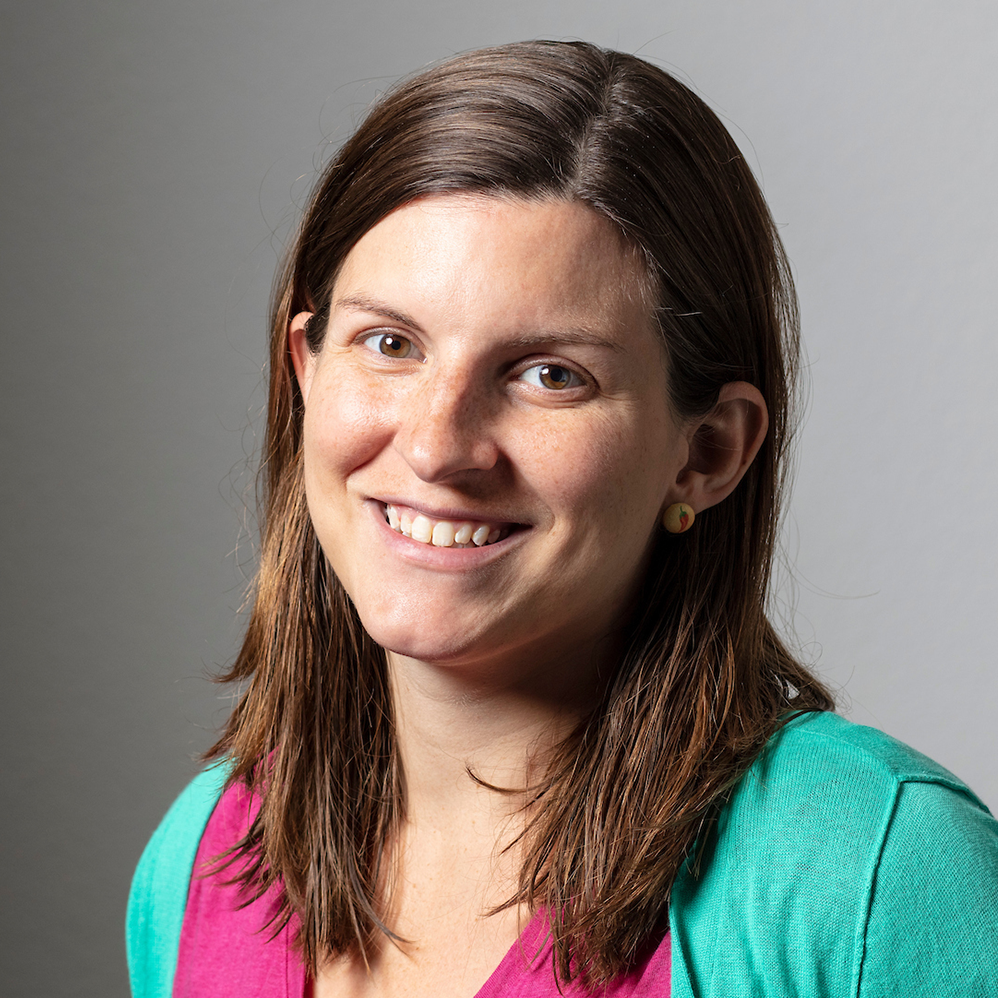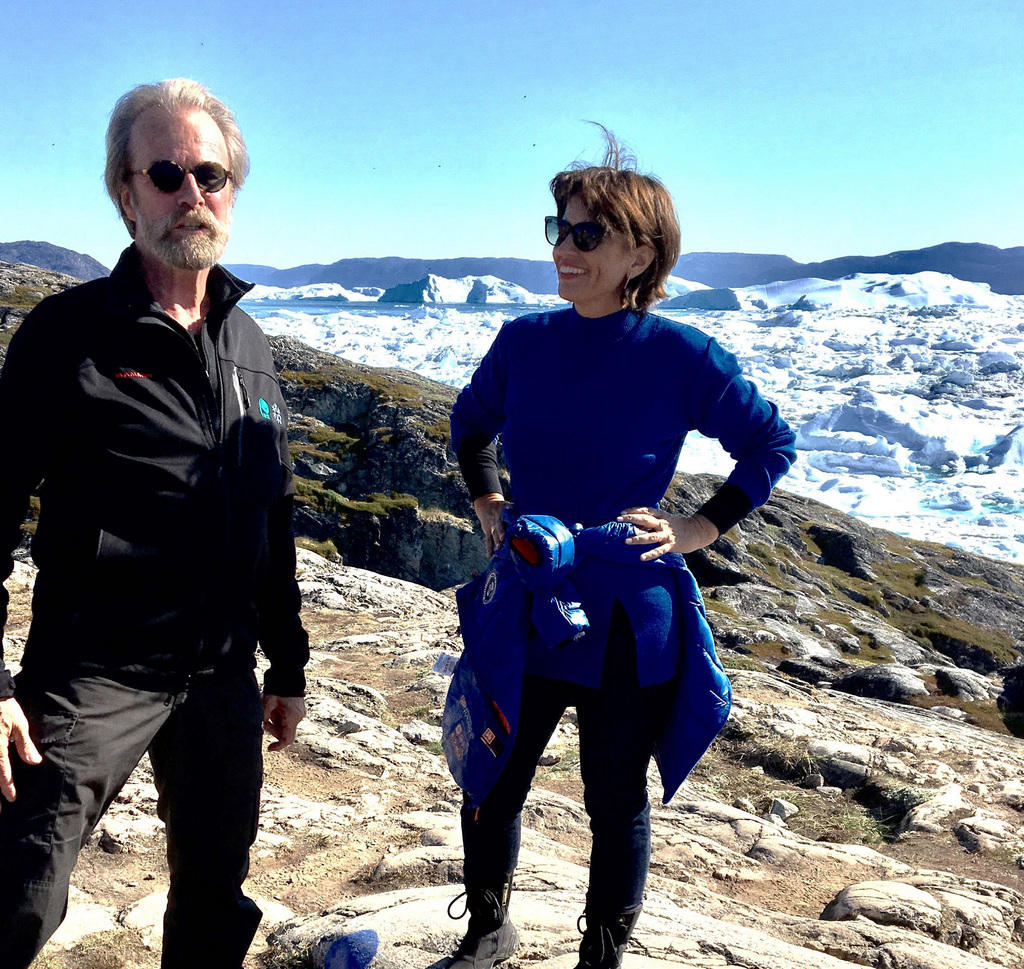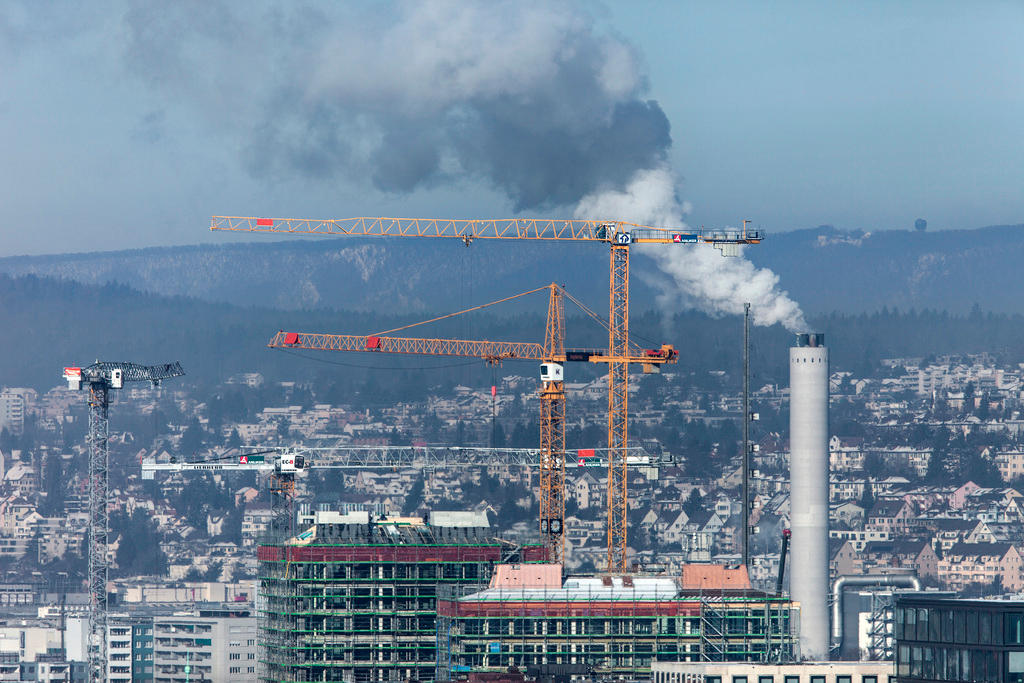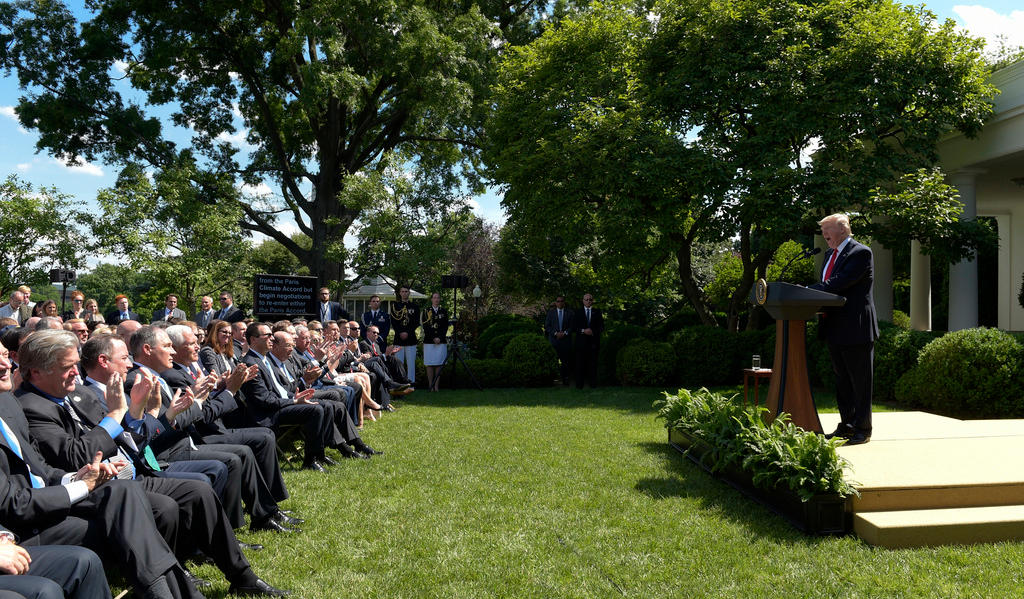Can Swiss data help catch climate cheaters?

Swiss scientists recording greenhouse gas emissions from the Jungfraujoch Alpine station are working to have their data recognised by those enforcing the Paris climate agreement, especially since they have sometimes recorded higher emissions than reported by individual countries.
The Swiss monitoring station, located at the highest point in Europe reachable by train, is one of just three worldwide that can monitor greenhouse gases over a region spanning several countries. Ireland and Australia are home to the only other such stations in the world.
Stefan Reimann is one of the scientists from the Swiss Federal Laboratories for Materials Science and Technology (EMPA) gathering data at Jungfraujoch. He says the station can reliably monitor emissions from Switzerland, France, Italy and Germany, depending on wind patterns.
“The same is done in Ireland – they can see England and France very well and we can often combine our data to get an overall [European] picture,” he says. “That’s the kind of system that could be replicated worldwide with lots of different stations whose measurements overlap.”
But currently Reimann says that those keeping track of global greenhouse gas emissions mostly rely on bottom-up data that individual countries provide, such as how many cars drive on the roads or how much fuel a certain industry burns. A kind of peer review system among countries ensures the data are accurately reported.
For UN officials administering the terms of the Paris climate agreement, data from the Jungfraujoch and the other monitoring stations have so far been “a nice-to-have”, as Reimann puts it.
“At the moment there are debates happening about how we should monitor these emissions and we’re trying to have our system of measurements recognised as an official monitoring method,” he says.
Are countries reporting accurately?
Some of his team’s past research, published in 2011, pointed out discrepancies between national emissions reporting and what the Jungfraujoch and other monitoring stations picked up.
The Chinese were found to still be releasing tens of thousands of tonnes of carbon tetrachloride, a highly damaging greenhouse gas that was previously banned.
The Jungfraujoch station continues to find the Italians underreporting amounts of a gas called HFC-23, which comes from the refrigeration and cooling industries, by more than ten times.
By comparison, Reimann says there can be some discrepancies between Swiss government reporting and what the Jungfraujoch station finds – which need to be examined with the Federal Environment Office – but “they are never to the degree of what we’re seeing from Italy”.
Reimann believes the Italian situation is more of an isolated issue on the part of the country’s industry than a massive intentional circumvention of international protocols. But he and his fellow scientists gathering data at global air monitoring sites will be publishing a study at the end of the year which he believes will shed more light on the worldwide emissions picture and reporting inconsistencies on the part of individual countries.

In compliance with the JTI standards
More: SWI swissinfo.ch certified by the Journalism Trust Initiative














You can find an overview of ongoing debates with our journalists here . Please join us!
If you want to start a conversation about a topic raised in this article or want to report factual errors, email us at english@swissinfo.ch.